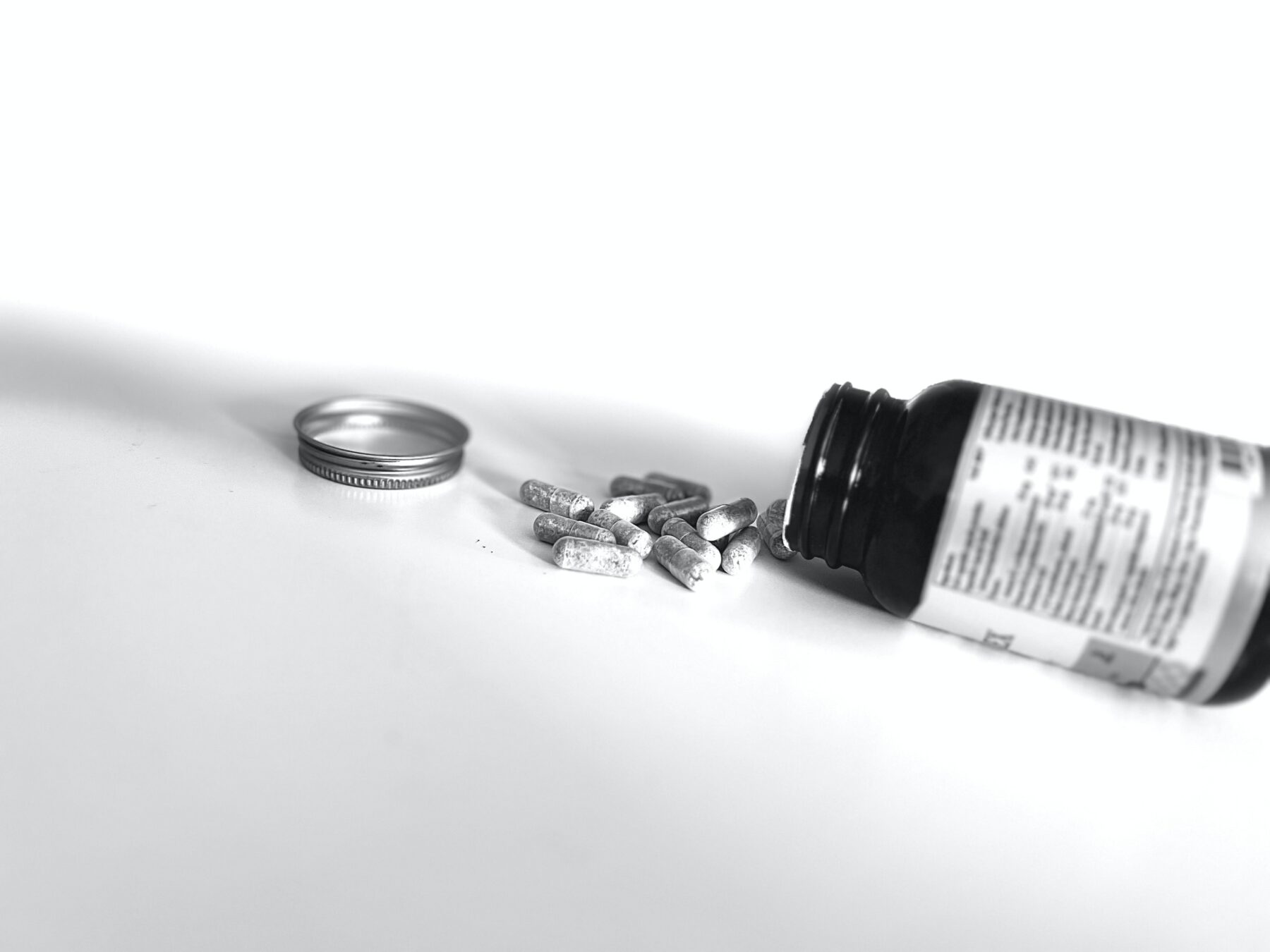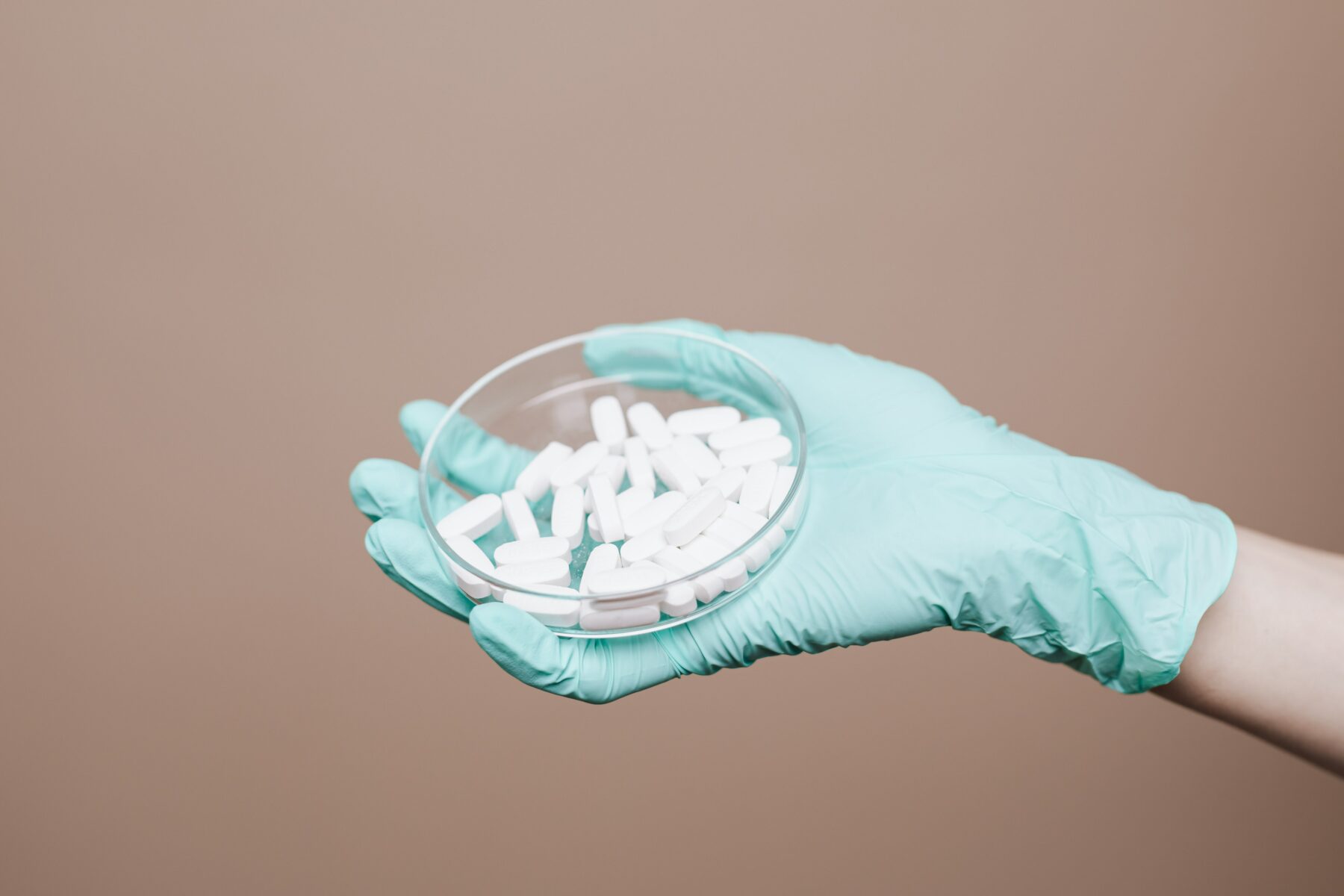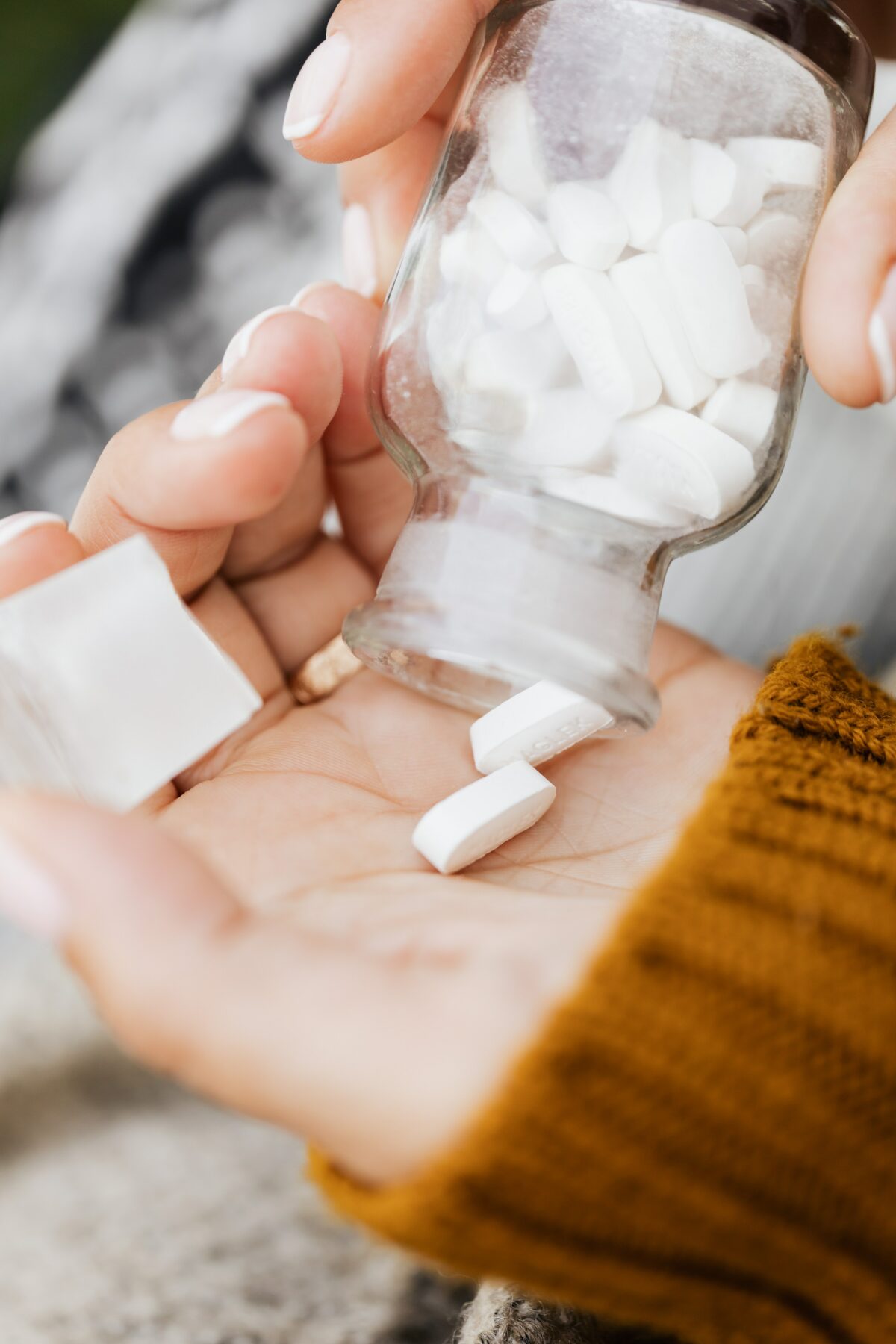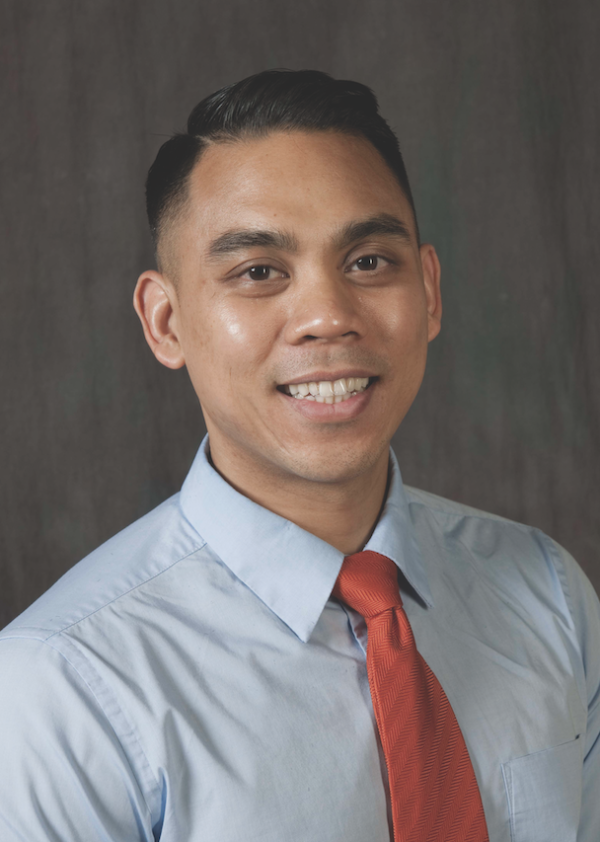A Deep Dive Into “Smart Drugs”

If Charles Darwin is known as the “Father of Evolution,” Cornelia Giurgea is his rebellious son.
Giurgea was a physician and neurophysiologist who developed one of the first synthesized nootropic drugs and coined the term “nootropic.” Nootropics, or “smart drugs,” are a diverse group of compounds that reportedly provide benefits for cognitive functioning as well as improvement in mental health.
Does this sound like something out of a sci-fi movie? They’re used more frequently than you think; if you’ve ever had a caffeinated beverage to pull an all-nighter or chamomile tea to fall asleep, you’ve already delved into the world of nootropics.
Types of Nootropics
Nootropic substances vary widely in function. It’s easiest to think about them in terms of synthetic and naturally occurring substances. Some are available as over-the-counter supplements and in the foods we eat, while others can only be obtained through a doctor’s prescription.
Their popularity has recently grown among athletes, college students and young professionals seeking an edge in performance levels, people suffering from depression and anxiety looking for an alternative to traditional prescribed medications, and even older people looking to delay cognitive decline.
Prescription Nootropics
Amphetamines & Methylphenidate: These are among the best-known prescribed nootropics, which include amphetamines like Adderall and methylphenidate like Ritalin. Because these substances promote feelings of attentiveness and alertness and have been shown to help with learning and information retention, they’ve become popular amongst college students, athletes and young professionals. However, they have a high potential for addiction and dependence so use should be limited to those who’ve been diagnosed with ADD or ADHD.

Modafinil: This is often used to treat narcolepsy and shift sleep work disorder. It provides a feeling of alertness, improved cognition and reduction of fatigue, especially in sleep-deprived individuals. As such, it has become popular among people working non-traditional hours and those suffering from fatigue caused by sleep apnea. Side effects may include headache, anxiousness, nervousness and insomnia, so it’s important to take this medication only under a doctor’s care.
Natural Nootropics
Deanol (DMAE): This substance is present in the human brain. While small amounts are found in seafood, larger concentrations are sold over the counter as dietary supplements. DMAE stimulates memory, learning, motivation and attention. One study shows it increases alertness and attention and boosts mood, while other studies in animal models show it improves spatial memory and enhanced working memory performance. Though there’s still insufficient evidence to support these claims, people have used DMAE to boost memory, especially those with dementia and Alzheimer’s disease or those looking to improve athletic performance.
Panax ginseng: Ginseng has long been used in Eastern cultures, tracing its origins back to the 1st century B.C., and is still a popular herbal supplement today. Studies show it improves cerebral blood flow and has antioxidant properties thought to prevent age-related damage to neurons. Animal studies show it offers promise as a future therapy for patients with memory impairment. It has also been shown to eliminate brain fatigue and improve cognitive performance, giving value to younger people looking to stay “locked in” while studying or working. In large doses, it can cause excessive body stimulation, restlessness, insomnia, headaches and inability to concentrate.

Ginkgo biloba: Similar to ginseng, Ginkgo biloba has long been used in Eastern medicine and is seen planted around Chinese and Japanese temple gardens. It has been reported to slow cognitive decline in the elderly and slow cognitive deterioration in Alzheimer’s patients. While studies show mixed results, some studies confirm Ginkgo compounds help improve working memory and information processing speed in older adults when taken daily for six weeks and may also be effective in young healthy individuals. Stomach irritation, palpitations, dizziness, and headaches are commonly reported side effects.
Newer Products
Nooceptin: Nooceptin has been rated by many consumer outlets as one of the best nootropic products of the year. It reportedly improves cerebral blood flow, stimulates better-connected neurons, boosts brain cell growth, helps with memory retention and quicker recall, and provides resistance against chronic stress. Studies evaluating the effects of the individual ingredients show mixed findings, and there haven’t been studies showing the effect of these ingredients combined, so it’s difficult to determine if they have a synergistic effect.
Vyvamind: Vyvamind is marketed as a neuro stimulant for high-performance adults. Geared toward young professionals, athletes, college students and anyone suffering from short attention spans and lack of focus, it aims to provide energy and remove mental fatigue, increase motivation and drive, reduce stress and anxiety, and increase brain power. As with Nooceptin, the effects of the individual ingredients are known and have been studied, but research is needed to clarify the effect of the combination of ingredients as well as long-term side effects.
–
Though nootropics have been used for centuries in varying capacities and across many different cultures, the bottom line is that most studies on nootropics focused on animals or human subjects with known cognitive impairments; not many studies researched the effects and potential harms on healthy individuals. These studies also yielded mixed results, prompting the need for further evaluation.
There is currently not enough evidence to show support for the regular use of nootropics in healthy individuals, so speak with your doctor before starting any nootropic drug. This growing field of interest holds significant promise and, as Cornelia Giurgea implied, it’s difficult to wait millions of years for a better brain, especially when it seems that we’re on the precipice of innovation. But as is often the case, evolution takes time.
About the Author

Dr. Mike de Lota is a family medicine physician at Austin Regional Clinic. He enjoys treating people of all ages and has a passion for preventative care, evidence-based medicine and patient education.






